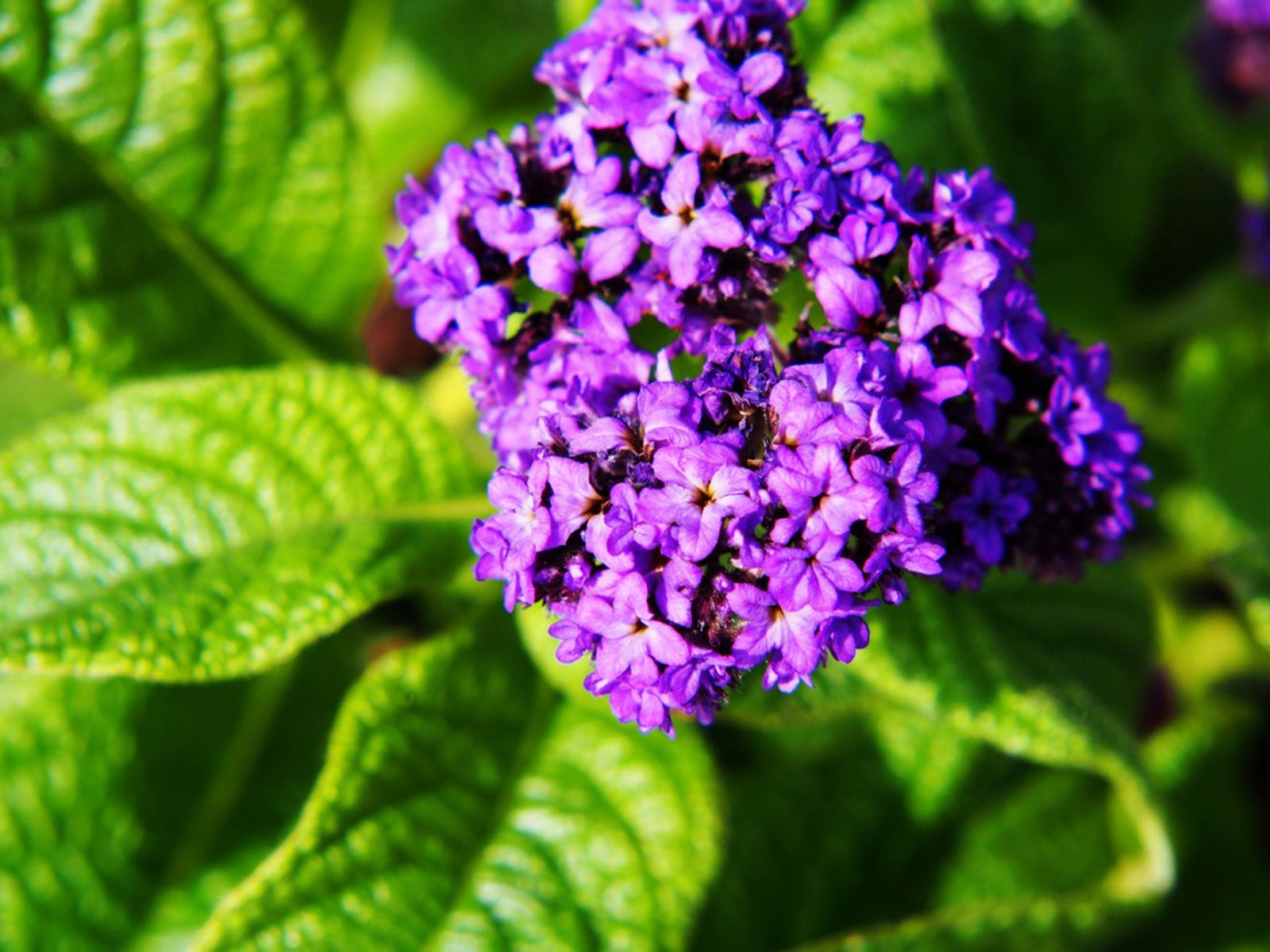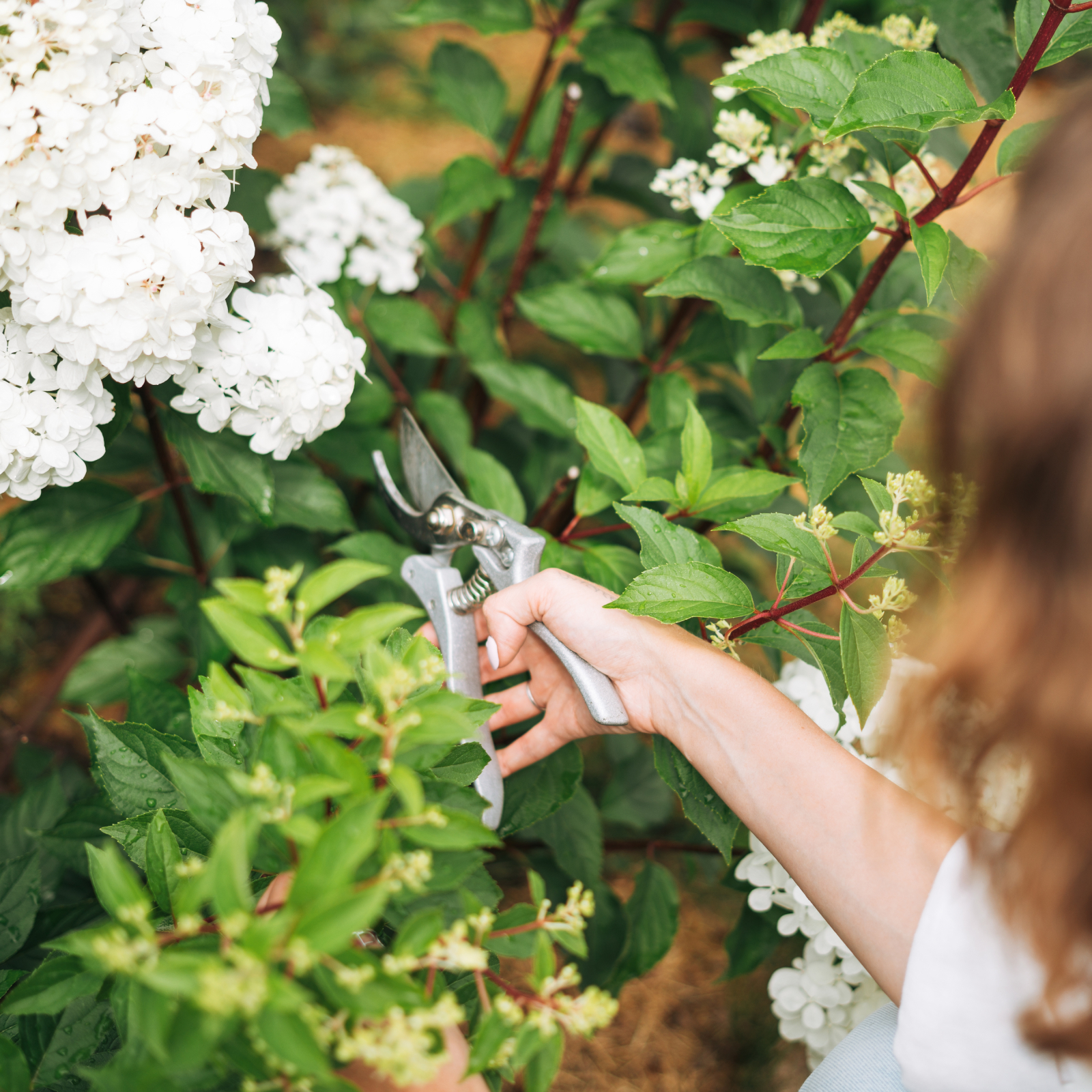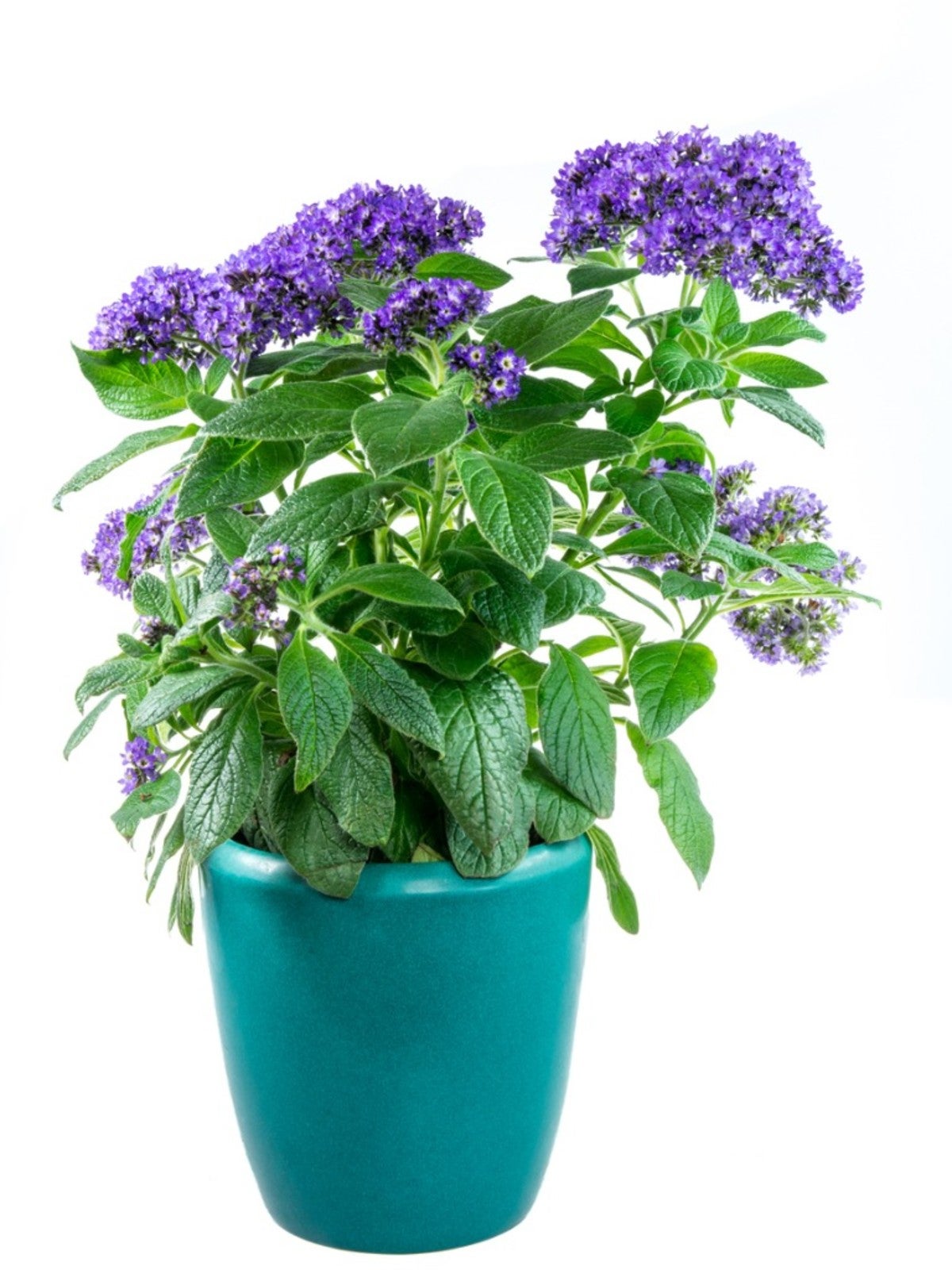Heliotrope Care: Tips For Growing A Heliotrope Plant


Cherry Pie, Mary Fox, White Queen -- they all refer to that old, cottage garden beauty: heliotrope (Heliotropium arborescens).
Hard to find for many years, this little darling is making a comeback. Heliotrope flowers were a favorite in my grandmother's garden and heliotrope care was a regular part of her summer routine. She knew what many modern gardeners forgot. Growing a heliotrope plant brings satisfaction to the gardener, not only in its dense cluster of delicate flowers but in its delicious aroma. Some people claim it's the scent of vanilla, but my vote has always gone to its common namesake, cherry pie.
Heliotrope Flowers
These sweethearts are temperate perennials usually grown as annuals, and growing a heliotrope plant will be an additional pleasure for those who live in places with hot, dry summers. They are drought and heat tolerant and deer hate them.
Today, heliotrope flowers come in varieties of white and pale lavender, but the hardiest and most fragrant is still the traditional deep purple our grandmothers loved.
Small, shrub-like plants, heliotrope flowers grow from 1 to 4 feet high (0.5 to 1 m.). Their leaves are long ovals of dark green.
They are long bloomers that begin flowering in summer and offer up their fragrant bounty through the first frost. Heliotrope plants grow in one-sided clusters that follow the sun, hence the name from the Greek words helios (sun) and tropos (turn).
NOTE: There is one warning that should accompany any discussion in the care of heliotrope plants. All parts of the plant are poisonous to humans and animals if ingested. So keep them away from children and pets.
Gardening tips, videos, info and more delivered right to your inbox!
Sign up for the Gardening Know How newsletter today and receive a free copy of our e-book "How to Grow Delicious Tomatoes".
How to Grow Heliotrope Seeds and Cuttings
If you're wondering how to grow heliotrope, seeds are the most popular method. Start your seeds indoors using regular potting soil ten to twelve weeks before the last spring frost date for your area, allowing for 28 to 42 days for germination. They'll also need temperatures of 70-75 F. (21-24 C.) to germinate.
Transplant your seedlings outdoors after the danger of frost has passed and the soil has warmed to at least 60 F. (16 C.).
Propagation by cuttings is the preferred method to grow heliotrope plants that are true to the parent plant's color and scent. They also provide sturdier seedlings to set out in the spring. The best time to take cuttings is in late summer when the plants sometimes become leggy. Pinching them back both makes for a bushier plant and creates cuttings for propagation.
Heliotrope Care: Tips for Growing a Heliotrope Plant
The instructions on how to grow heliotrope are short, but they do have a few requirements for healthy growth. A heliotrope plant needs at least six hours of sun a day and prefers morning sun. The hotter the climate, the more afternoon shade they need.
They appreciate rich, loamy soil and even moisture, particularly if planted in containers. They don't do well in heavy clay. Growing heliotrope plants in containers is a great way to enjoy their scent in places where it wouldn't normally reach.
They make wonderful additions to any container garden because they are not invasive or susceptible to insects or diseases, like powdery mildew, which can be a problem with closely packed plants. The care of heliotrope plants in containers is about the same as other container plants. They are heavy feeders in the garden, but in containers, they become voracious. Feed them every two weeks with a liquid fertilizer meant for flowering plants. These fertilizers are easy to find in any garden department and are easily distinguished by the larger middle number (phosphorus).
Whether in the garden or in containers, heliotrope care includes pinching plants back. You can start pinching back the tips all over the plant while it is still young to encourage bushiness. This will delay the initial bloom time, but later on, you'll be rewarded with a larger, more constant supply of blossoms.
Care of Heliotrope Plants in Winter
When summer is over and frost is on the way, try bringing one of your plants indoors. Cut the branches and stems back by one-half to two-thirds and pot it up in rich, pre-fertilized houseplant soil. Heliotrope winter care is the same as for most houseplants. Find a warm place in a sunny window and water sparingly. They make wonderful houseplants and you can enjoy the smell of cherry pie all year long.

Jackie Rhoades began writing for Gardening Know How in 2010.
-
 Pruning Limelight Hydrangea Bushes For Bigger Blooms & Stronger Plants
Pruning Limelight Hydrangea Bushes For Bigger Blooms & Stronger PlantsPruning 'Limelight' hydrangea will benefit the shrub. Flowers will be more bountiful the next year and branches will be stronger. Learn how and when to prune.
-
 What’s Wrong With Your Azaleas? Identify, Tackle And Prevent 6 Common Azalea Pests
What’s Wrong With Your Azaleas? Identify, Tackle And Prevent 6 Common Azalea PestsIf you’ve spotted signs of azalea leaf damage, don’t panic – here’s how to identify the most common azalea pests so you can take action swiftly and keep plants healthy
